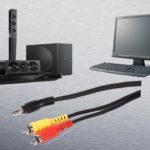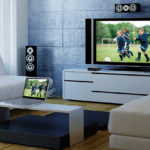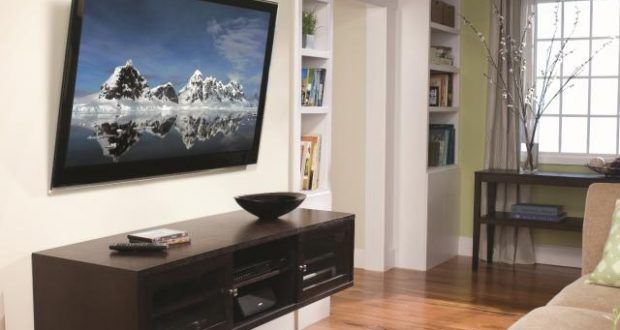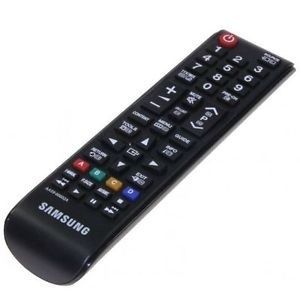How to connect a home theater to a TV
 Technical progress does not stand still - it is developing rapidly and new technologies and modern smart devices appear in every home. One such invention is the home theater. Recently it has become very fashionable to install it at home.
Technical progress does not stand still - it is developing rapidly and new technologies and modern smart devices appear in every home. One such invention is the home theater. Recently it has become very fashionable to install it at home.
The content of the article
Home theater equipment
Since it has a number of advantages, people really liked it and gained popularity:
- The combination of a home theater with a wide screen TV allows you to feel like you are at a real movie session.
- Excellent sound, the ability to customize the speakers to your preferences.
- Thanks to the presence of portable speakers, you can install them in any part of the room and achieve a surround sound effect.
This option is perfect for anyone who wants to enjoy watching TV and achieve the effect of being completely immersed in the atmosphere of the events taking place on the screen.
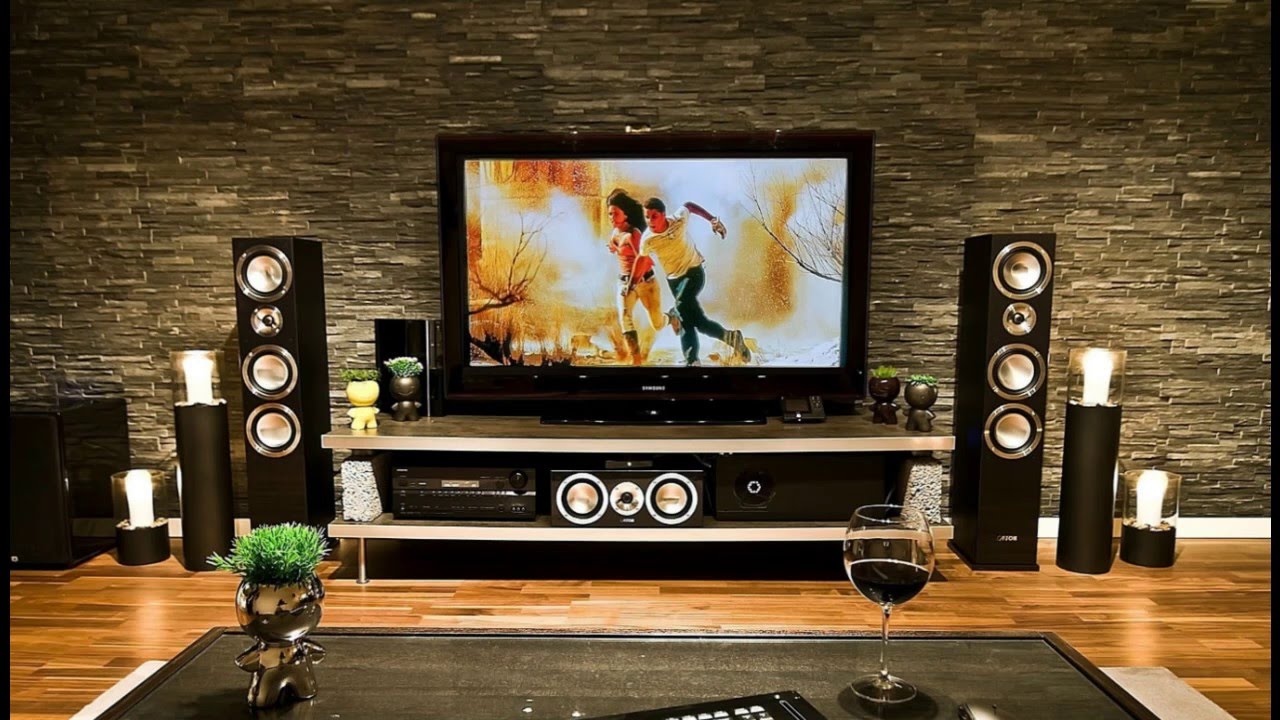
However, most buyers have difficulty connecting the entire system to the TV and coordinating the speakers with each other. To do this, you can refer to the instructions. However, if it is not clear to you or is completely lost, we suggest studying the detailed connection plan.
IMPORTANT! Don't lose this plan as it may come in handy when you move or reconnect your home theater.
Before you begin connecting and setting up, take a look at your kit and make sure you have all the components. Only after this can work begin. Of course, more than one company is developing such technology. Several well-known brands are working on it, and each of them has its own characteristics. In addition to conventional home theaters, there are also the most compact and convenient Soundbar systems, which are a single elongated speaker with full configuration and output of high-quality sound.
We will focus on the basic, familiar home theater systems. Standard kit includes:
- The first and main element is the receiver. It is he who receives and collects all incoming signals (image and sound) and redirects them, respectively, to the TV screen and to each of the connected speakers.
- A powerful system for providing good, high-quality sound, usually including a subwoofer (the largest central speaker) and five small portable speakers. Therefore, when the entire system is operating, 5.1 usually pops up on the screen, which indicates normal operation.
- The source of the signal that directly powers everything. Usually a standard player serves as it.
IMPORTANT! An HDMI cable is required for connection; some companies do not include it in the package and you will need to purchase it additionally.
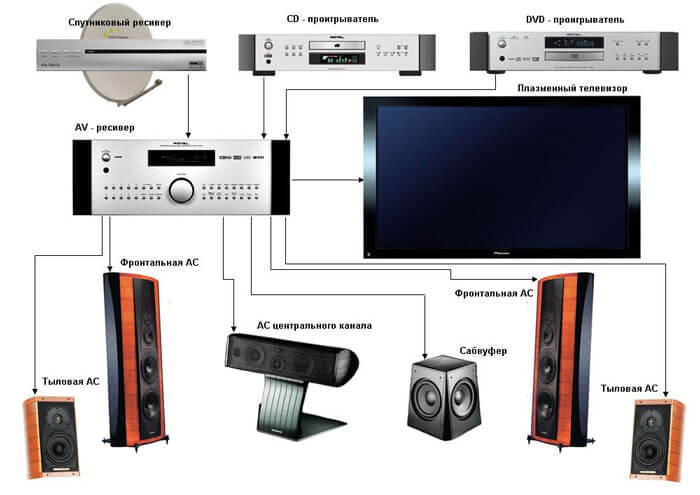
How to connect a home theater to a TV
If, after checking everything, you are convinced that all the main components are present, you can begin setting up and connecting.First you need to understand what exactly the end result should be. We must ensure that the picture is displayed on our TV screen and the sound is output through all the speakers and the subwoofer. In general, the setup principle is simple and consists of the following steps:
- Setting up video to obtain high-quality, high-resolution images.
- Connecting the acoustic system and setting it up to produce good, clear sound.
Connection takes some time and consists of the following:
- Familiarize yourself with the layout of sockets and wire connection points.
- Carefully examine all available connectors on the receiver and TV.
- Start connecting the cords one by one: for displaying the image, sound and connecting the speakers. To do this, connect the corresponding connectors of the OUT wires to IN.
- After this, connect the speakers to the satellite receiver. To do this, match all the wires to their corresponding names on the back panel of the device.
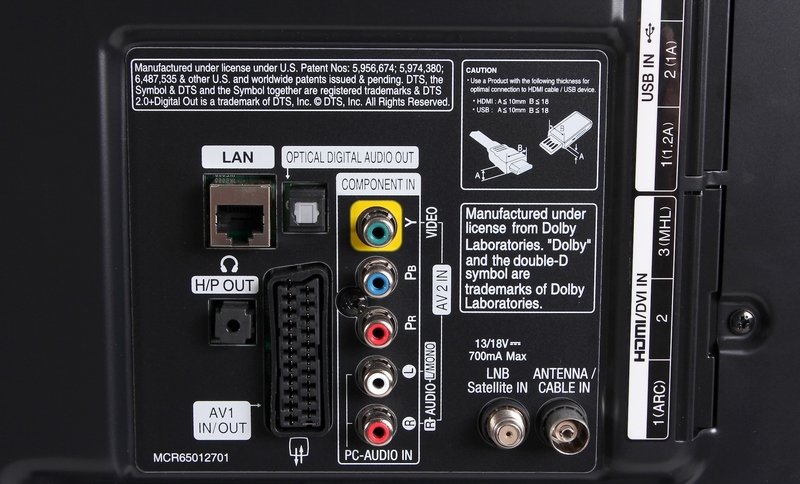
IMPORTANT! Each TV has its own technical characteristics, so it is better to select the settings yourself to achieve the best result. We will only describe the general plan and instructions.

Video setup
The first and most important thing is to display the image on the screen. Its characteristics will consist of the following parameters, which must be configured manually:
- image borders - move, scale the image using the remote control on the screen, it must fit perfectly in size, otherwise the image will be blurry and its resolution will deteriorate;
- set the optimal brightness so that all 32 shades on the bottom panel are visible;
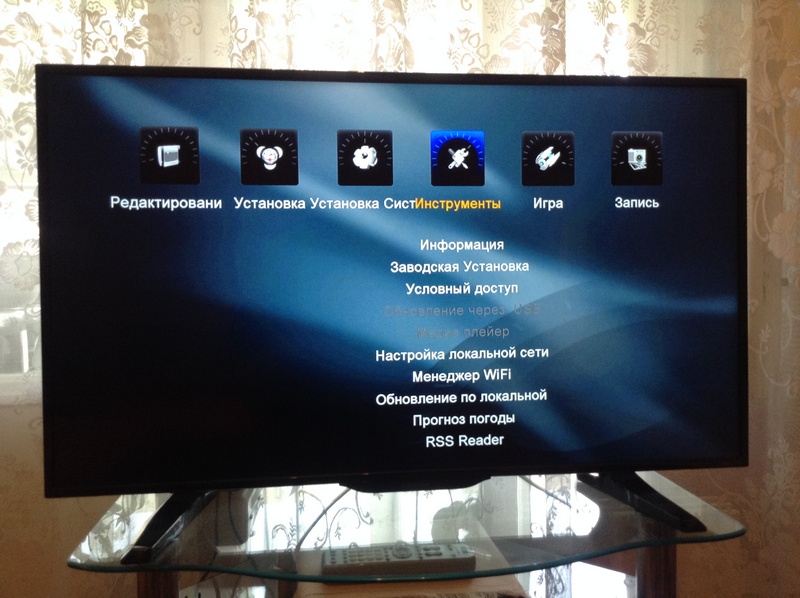
- Contrast can also be adjusted in the menu - watch the combination of colors in the image and do not allow gray to predominate; after adjustment, check the brightness scale to prevent it from shifting;
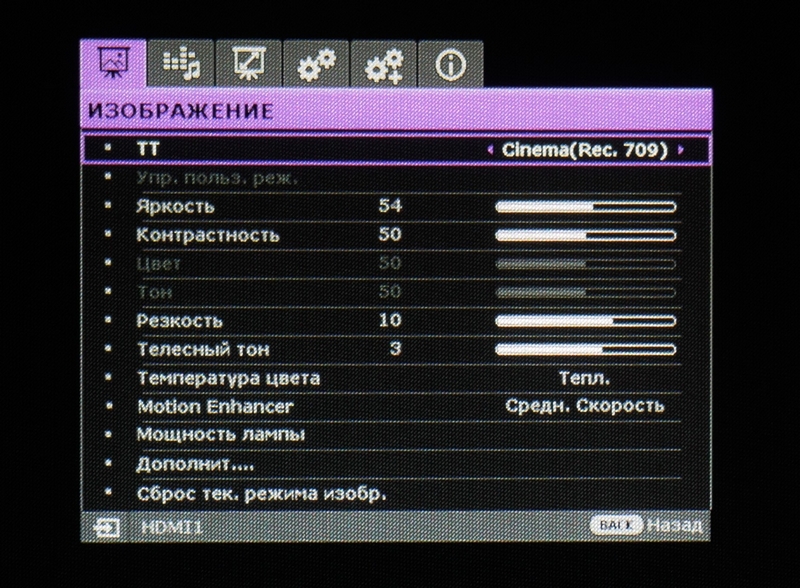
- set up color correction - the classic scheme consists of three primary colors (red, blue and green), adjust each of them in the center so that all shades of the palette are displayed on the screen;

- The clarity of the image is additionally adjusted if this option is available - you need to change the display resolution settings.

At this stage, the image is ready to be displayed on a TV.
Connecting to cinema sound
The sound connection is carried out according to the scheme described above. After this, you can start setting it up. All information of interest about the status of the speakers, volume level and sound pitch is displayed in the menu on the screen. You can make changes to the settings using a regular remote control:
- First, adjust the pitch of the front and rear speakers to the appropriate level.
- Then set the center speaker to normal mode.
- Adjust the audio delay time. To do this, you should follow the rule: every 0.3 m of column removal adds 1 millisecond of delay.
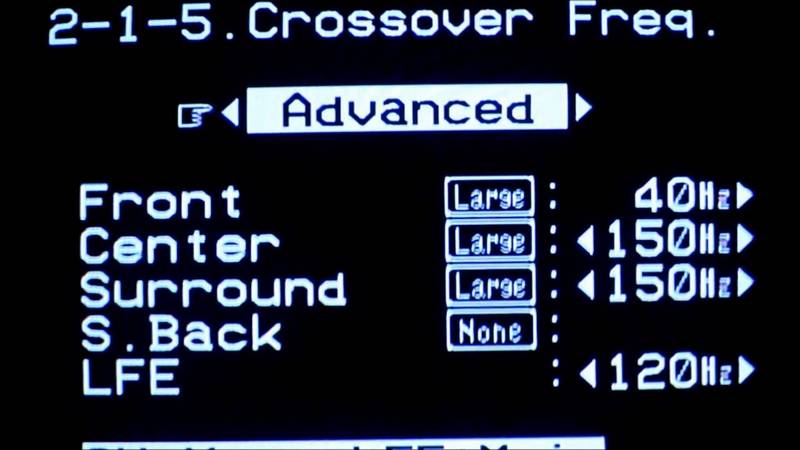
Setting up acoustics
After correctly connecting the equipment, no less important is the stage of arranging all the parts around the perimeter of the room.
IMPORTANT! You need to position your home theater so that all speakers are at the same distance from you. The most advantageous would be a circular placement.
Install the system and use the disk to check the operation of the device. If necessary, make additional adjustments and adjust the sound effects to your preference.
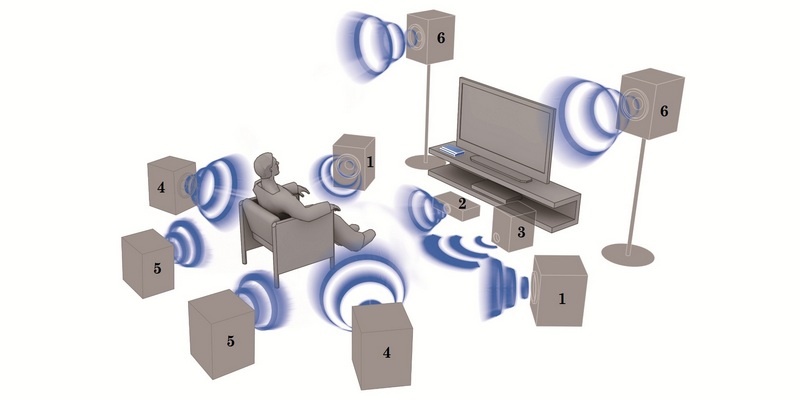
If you need to manually configure the speakers, you should contact a specialist. Only an experienced specialist will help you cope with this task.
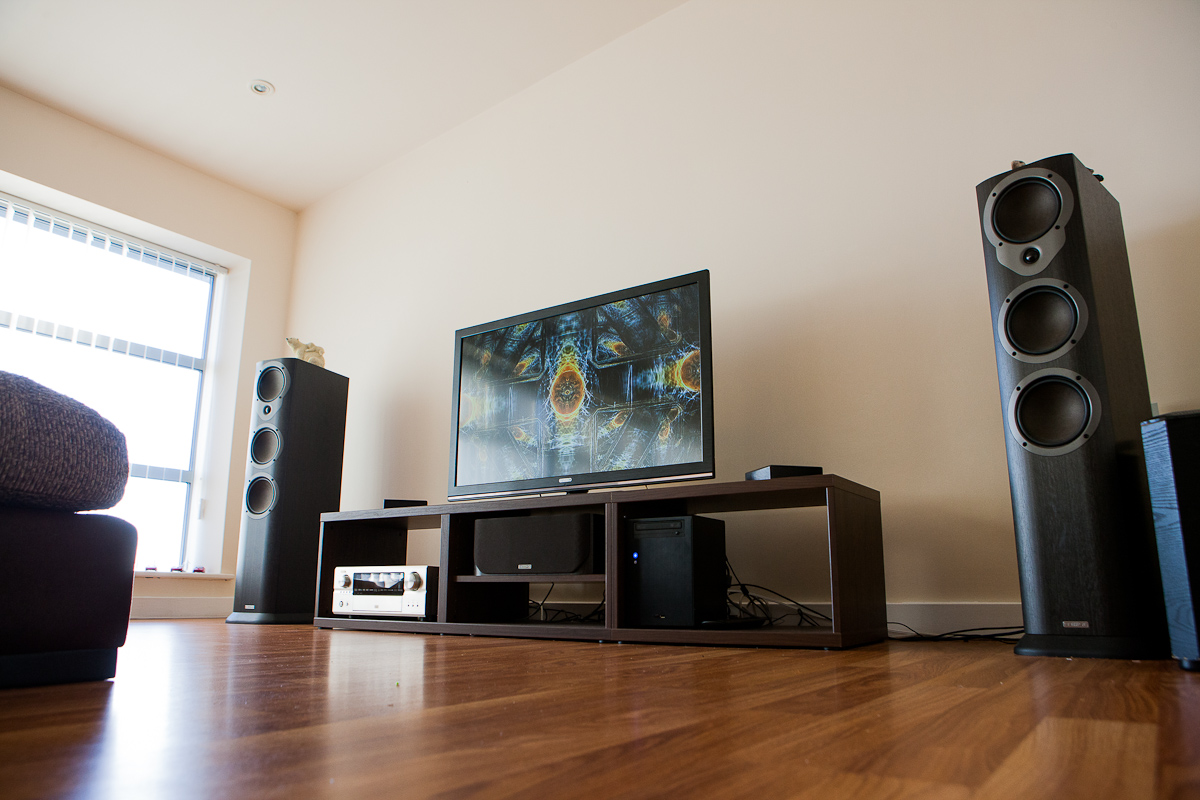
Connect your home theater and enjoy a comfortable movie-like viewing experience without leaving your home.

